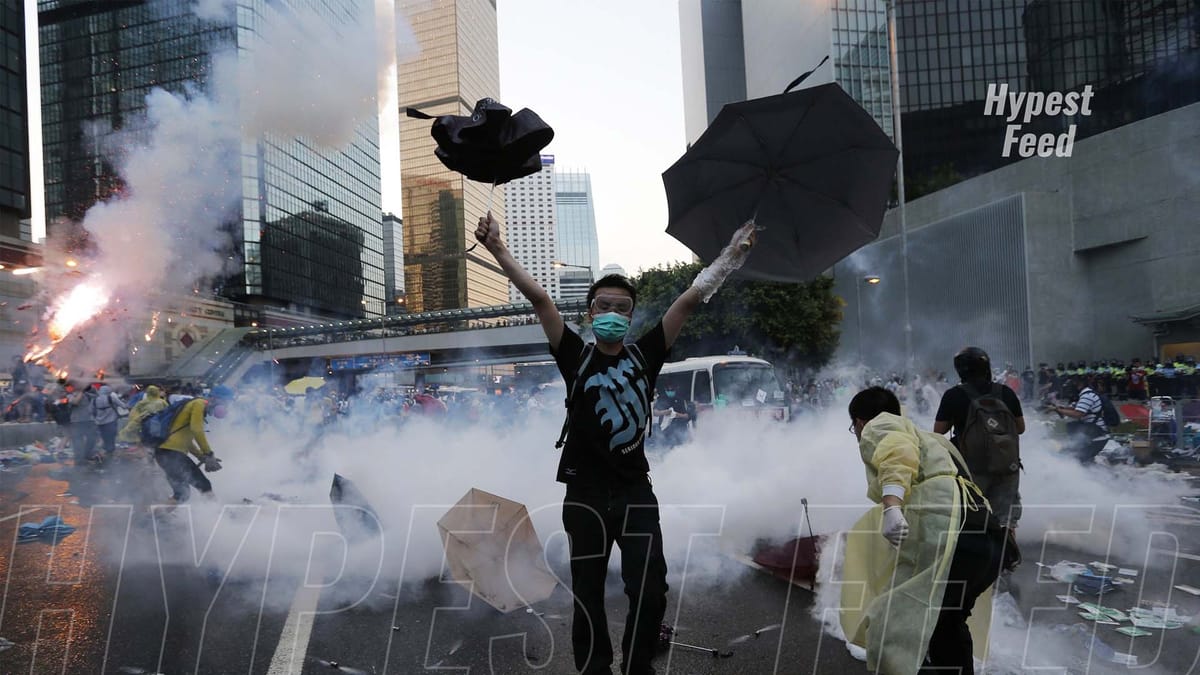Amidst heightened tensions surrounding the Israel-Palestine conflict, a demonstration at the University of South Florida (USF) Tampa campus took a tumultuous turn as police resorted to tear gas to disperse pro-Palestinian protesters. The protest, organized by students and activists, sought to raise awareness and advocate for the rights of Palestinians in the face of escalating violence in the region.
Eyewitnesses described a scene of chaos and confusion as law enforcement clashed with demonstrators, resulting in a flurry of tear gas and dispersal tactics. The use of tear gas drew condemnation from some quarters, with critics arguing that it amounted to a disproportionate response to peaceful protest.
The protest itself was part of a broader wave of demonstrations across the United States and around the world, sparked by the recent escalation of violence between Israel and Hamas. Images and videos from the scene circulated widely on social media, amplifying calls for justice and solidarity with the Palestinian people.
In the aftermath of the confrontation, questions arose about the handling of the protest by both law enforcement and university officials. Some students and faculty members voiced concerns about the use of tear gas on campus and called for a reassessment of policing practices in response to protests.
The incident also reignited debates about freedom of speech and the right to protest, particularly in the context of contentious political issues such as the Israel-Palestine conflict. While authorities defended their actions as necessary to maintain public safety, critics argued that the use of tear gas infringed upon the demonstrators' rights and escalated tensions unnecessarily.
As the dust settled on the USF Tampa campus, the events of the protest served as a stark reminder of the deep divisions and passionate viewpoints surrounding the Israel-Palestine conflict. While the immediate focus may have been on the use of tear gas and the dispersal of protesters, the underlying issues of human rights, justice, and peace in the region remained at the forefront of public discourse.



Member discussion: